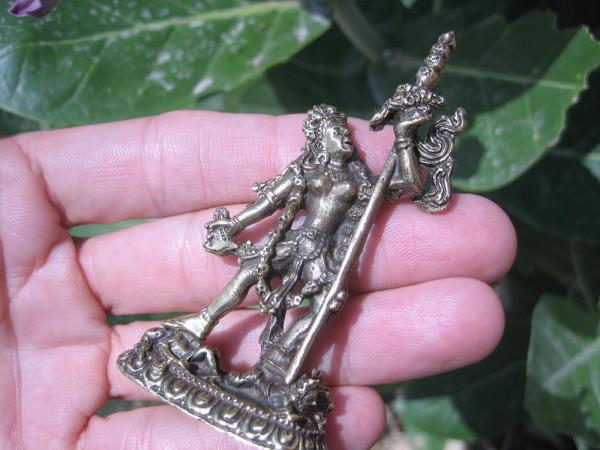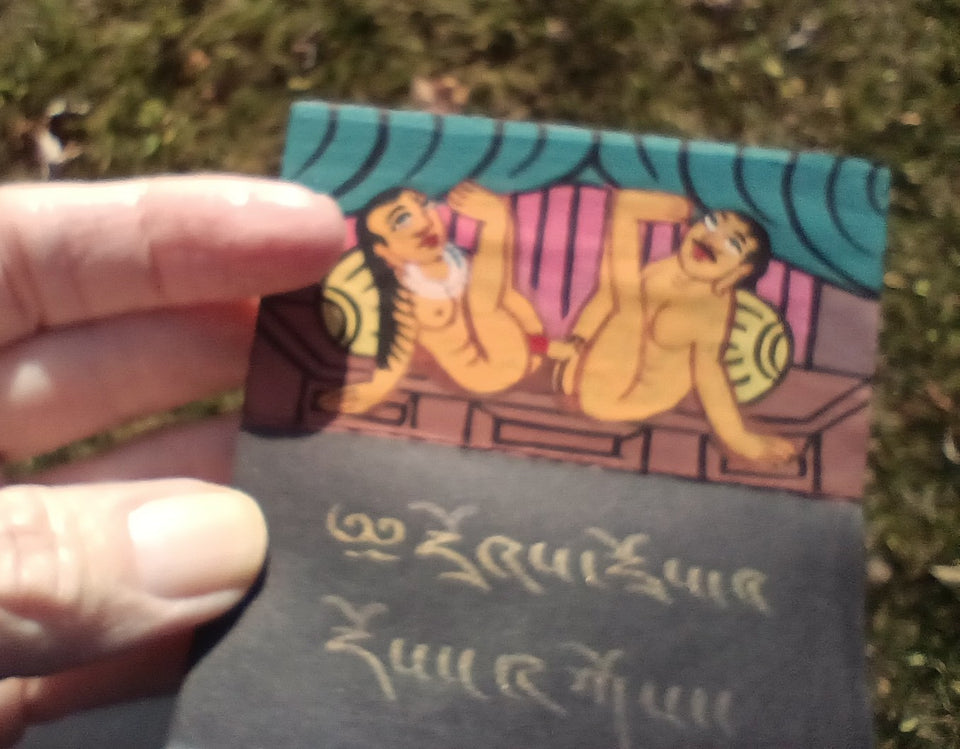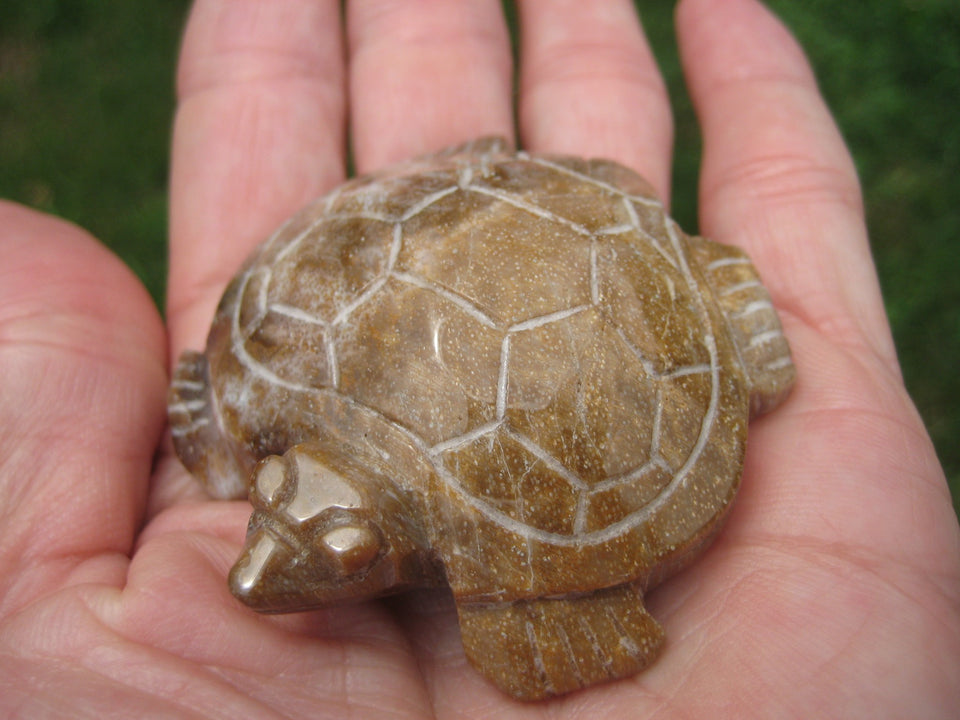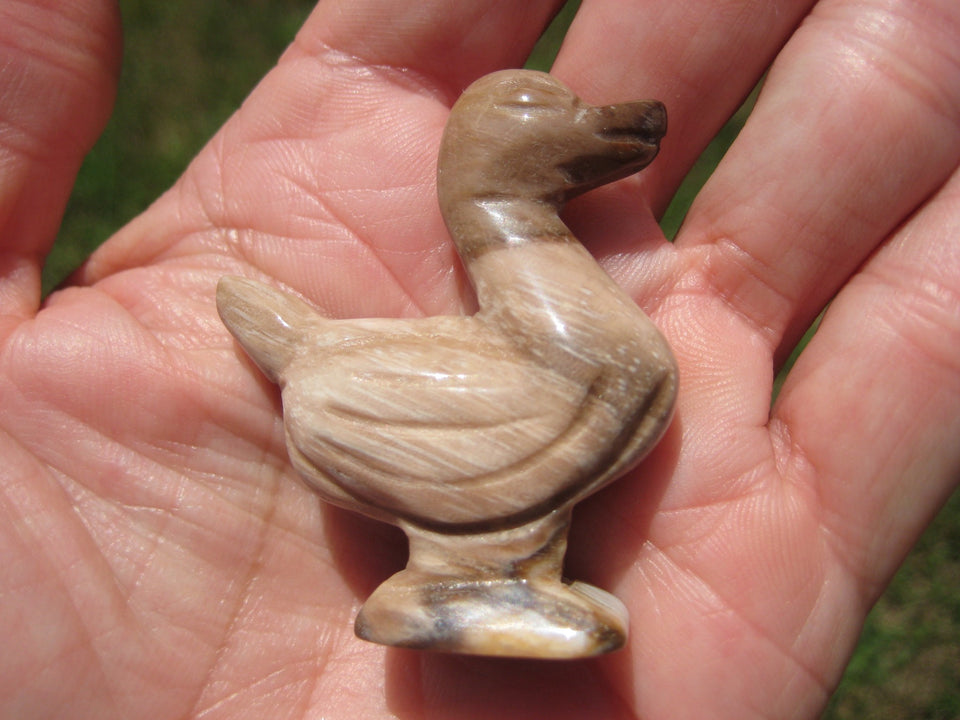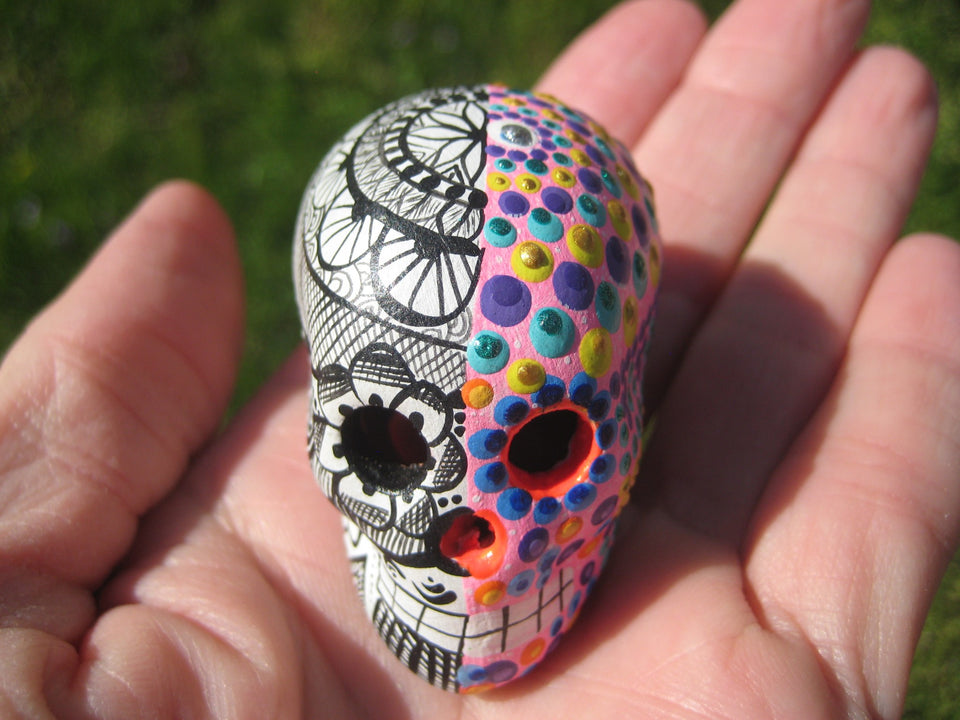24 K Gold Cosmic White Tara Deity Thangka Thanka painting Nepal Art N2544
by JK Silver
$73.00
This is a lovely hand painted Cosmic White Tara Thangka painting from Nepal. I brought it back with me from my last trip there. Painted with nice detail and real 24 k gold accent paint.
White tara is know as the mother of all Buddhas. No one escapes her blessings and compassion.
Some history of the White Tara:
A late development in Mahayana Buddhism is that the Adi Buddha, dhyani Buddhas, and bodhisattvas received female partners. Female Bodhisattvas, who appear starting in the sixth century, are called taras. Tara means “Star,” “Savior,” or “leader.” the various taras can be recognized by the color of their skin, among other things.
In the seventh century, Tibet made its entrance onto the international political stage. King Songtsen Gampo unified Tibet and conquered parts of China and Nepal. He made two important political marriages with princesses from neighboring countries. Both ladies practiced Buddhism, and therefore Buddhism temporarily gained a solid footing in Tibet. They brought a form of civilization to the then still barbaric Tibet.
Both princesses brought Buddha figures with them to Songtsen Gampo’s court. Songtsen Gampo was said to be an incarnation of Avalokiteshvara. The Chinese princess Wen-che’ng, a niece of the T’ang emperor, had a gilt figure of Shakyamuni Buddha with her. This jobo was installed in the Jok-hang Temple, Lhasa’s most important shrine.
The princesses practiced Buddhism by doing good deeds. Their ensuing popularity and the fact that both remained childless - therefore pure - contributed to their later being identified with the White and Green Taras.
According to one legend, Avalokiteshvara once spilled two tears to earth out of pure despair over muddleheaded humanity. Each tear formed a lake in which a lotus grew. When the lotuses opened there was as Tara in the center of each. The tear from his left eye produced the dark-colored Green Tara; the one from his right eye, the White Tara.
Sitatara, or the White Tara, is considered to be a manifestation of Avalokiteshvara. White is the color of purity and therefore she symbolizes immaculacy, and, because of her association with Avalokiteshvara, compassion as well. She is popularly worshipped in Nepal and Tibet. She is sitting with both legs folded under her in lotus position.
Her right hand is always in varamudra, the gesture of offering material and spiritual gifts. In her other hand she officially holds a white lotus, but here she is holding a blue one. She has seven eyes: the normal ones, one vertical eye on her forehead, and one in the balm of each hand and sole of each foot. Just as with Avalokiteshvara’s thousand eyes, these symbolize the capacity to see all those in need in all four corners of the earth.
One flaw small flaw, but I am not sure if it is intentional or not, is that the black foliage extending from the plants tens to get very light in color at the top. I am not sure if this is just a shadow effect intended by the artist or if he just forgot to darken them. Also a feint little line in the space area between the stars. these are minor but I wanted to point them out. I have adjusted the price taking these things into consideration.
Size: 15.6" tall and 13.4" wide ( 39.6 cm tall and 34 cm wide ) including border. 13.5" tall and 11.25" wide ( 34 cm tall and 28.6 wide ) excluding border
p140639463639








